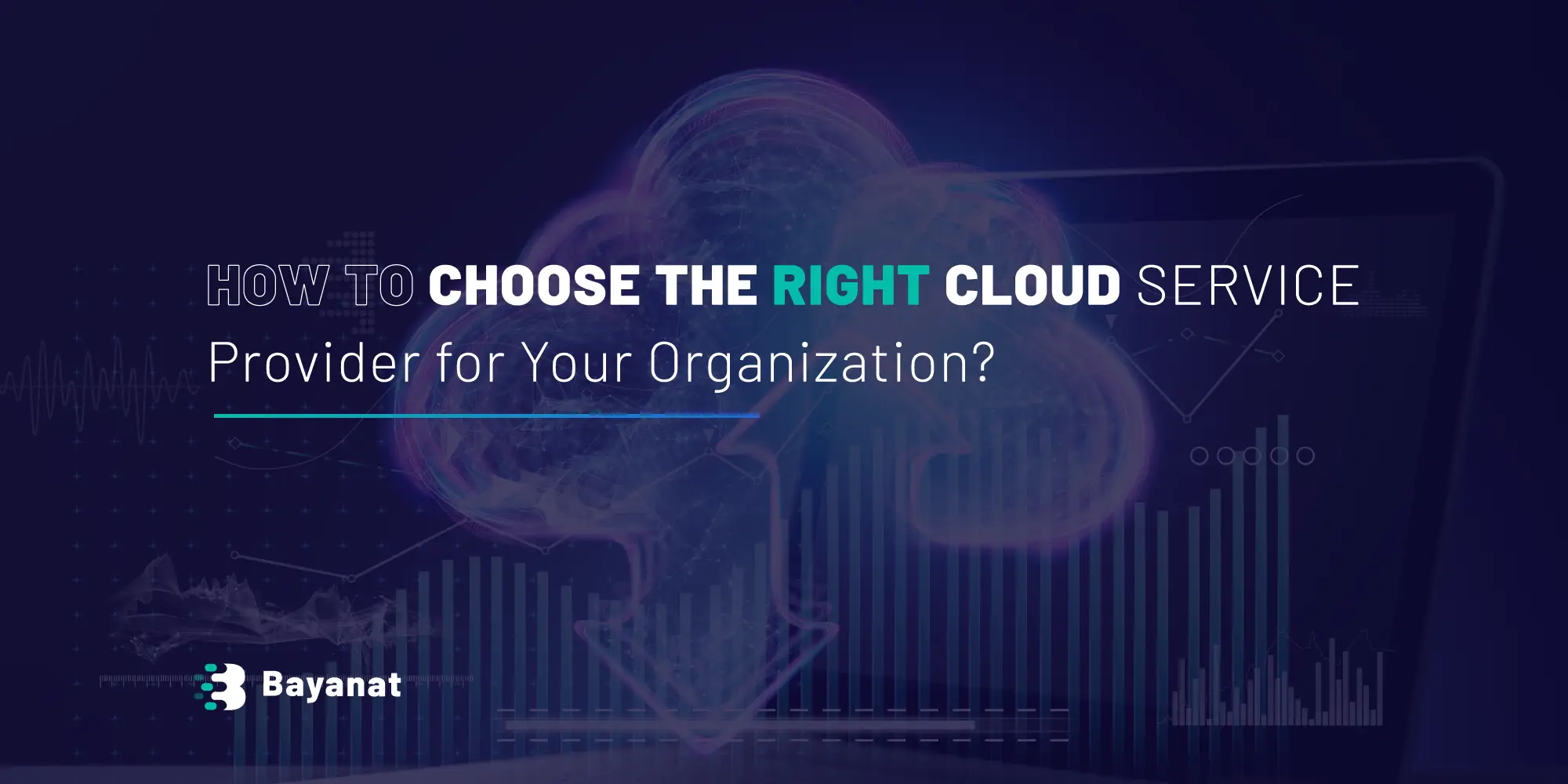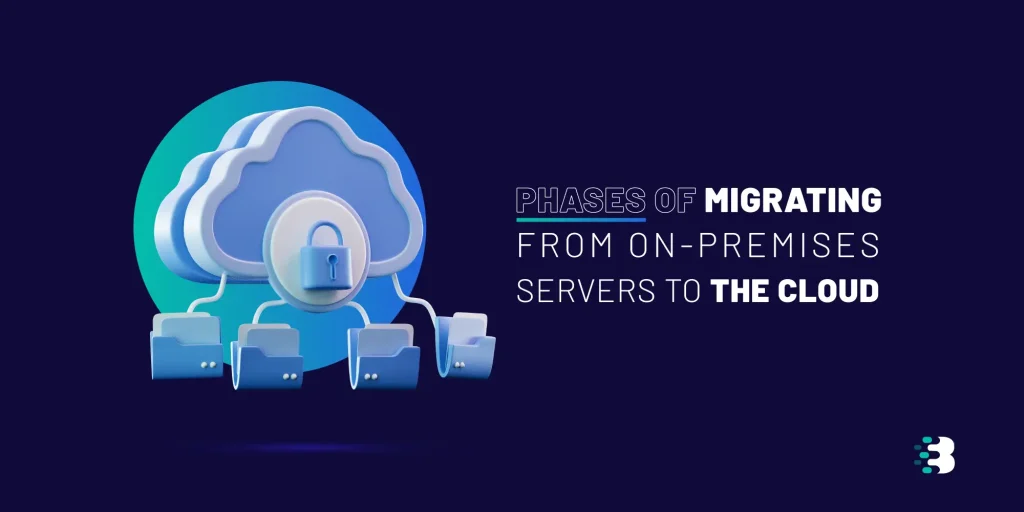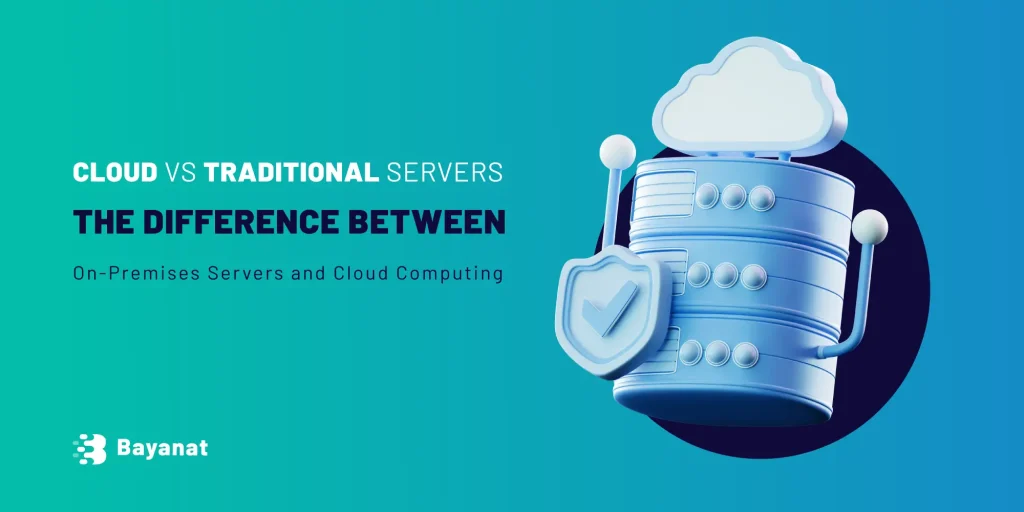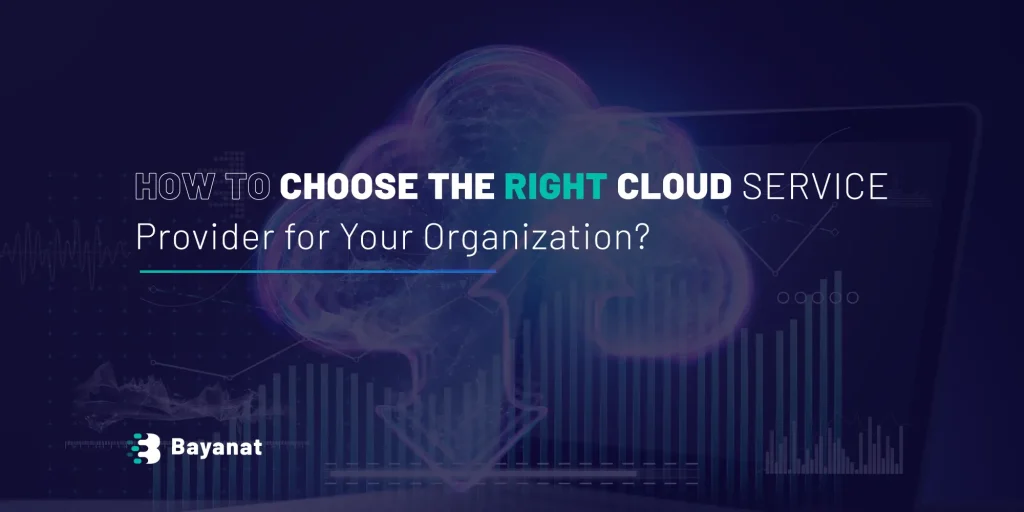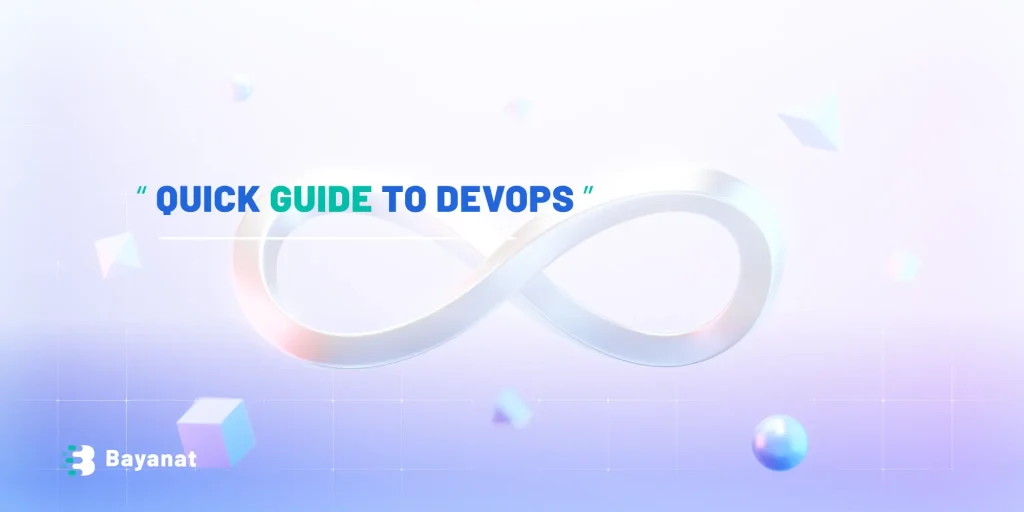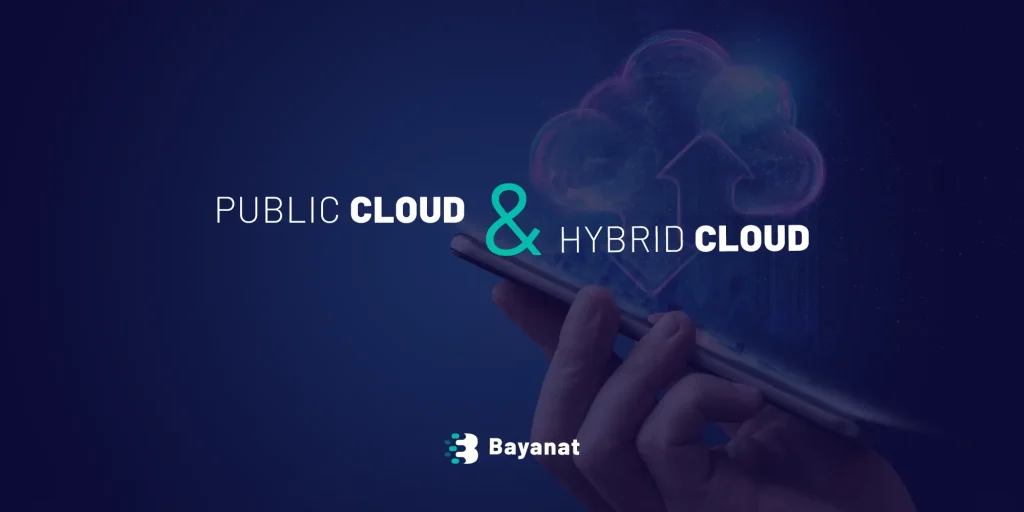How to Choose the Right Cloud Service Provider for Your Organization
With the growing reliance on cloud computing, selecting the optimal provider has become a strategic decision that directly impacts your business’s performance and costs. The following detailed guide outlines key steps and criteria to help you make an informed choice:
- Define Your Needs and Objectives
- Workload Type: Are you hosting web applications, databases, big‑data analytics, or AI solutions?
- Service Requirements: Availability (SLA), response times, and backup frequency.
- Budget: Establish your annual or monthly spending cap.
- Understand Service Models
- IaaS (Infrastructure as a Service): Full control over virtual servers; ideal for custom applications.
- PaaS (Platform as a Service): Ready‑to‑use development and runtime environments for faster app deployment.
- SaaS (Software as a Service): Out‑of‑the‑box solutions (e.g., email, CRM) with no infrastructure management required.
- Geographic Coverage & Performance
- Data Centers (Regions/Availability Zones): Proximity to users reduces latency and enhances experience.
- Backbone Network: Ensure the provider’s network is fast and reliable.
- Cost & Financial Model
- Pay‑As‑You‑Go vs. Reserved/Committed Use: Balance flexibility against long‑term discounts.
- Hidden Fees: Watch for egress charges, long‑term storage costs, and backup fees.
- Security & Compliance
- Certifications & Standards: ISO 27001, GDPR, HIPAA, PCI‑DSS as relevant to your industry.
- Protection Mechanisms: Data encryption in transit and at rest, Identity and Access Management (IAM).
- Scalability & Flexibility
- Auto‑Scaling: Automatically adjust resources to handle peaks and troughs.
- Modern Architectures: Support for containers (Docker/Kubernetes) and serverless computing.
- Migration & Integration Tools
- Seamless Migration: Provider‑offered tools for moving applications and data with minimal downtime.
- Integration Capabilities: APIs and connectors to integrate with your existing systems.
- Customer Support & Post‑Sale Services
- Support Levels: Availability (hours), channels (phone, chat, ticketing).
- Educational Resources: Documentation, training courses, and user communities (forums).
- Avoiding Vendor Lock‑In
- Open Standards: Favor services that adhere to open standards to maintain portability.
- Multi‑Cloud Strategy: Distribute workloads across multiple providers to mitigate risk.
- Leverage Peer Insights
- Case Studies: Learn from organizations similar to yours and their provider choices.
• Reviews & Ratings: Consult platforms like Gartner Peer Insights or Cloudorado

